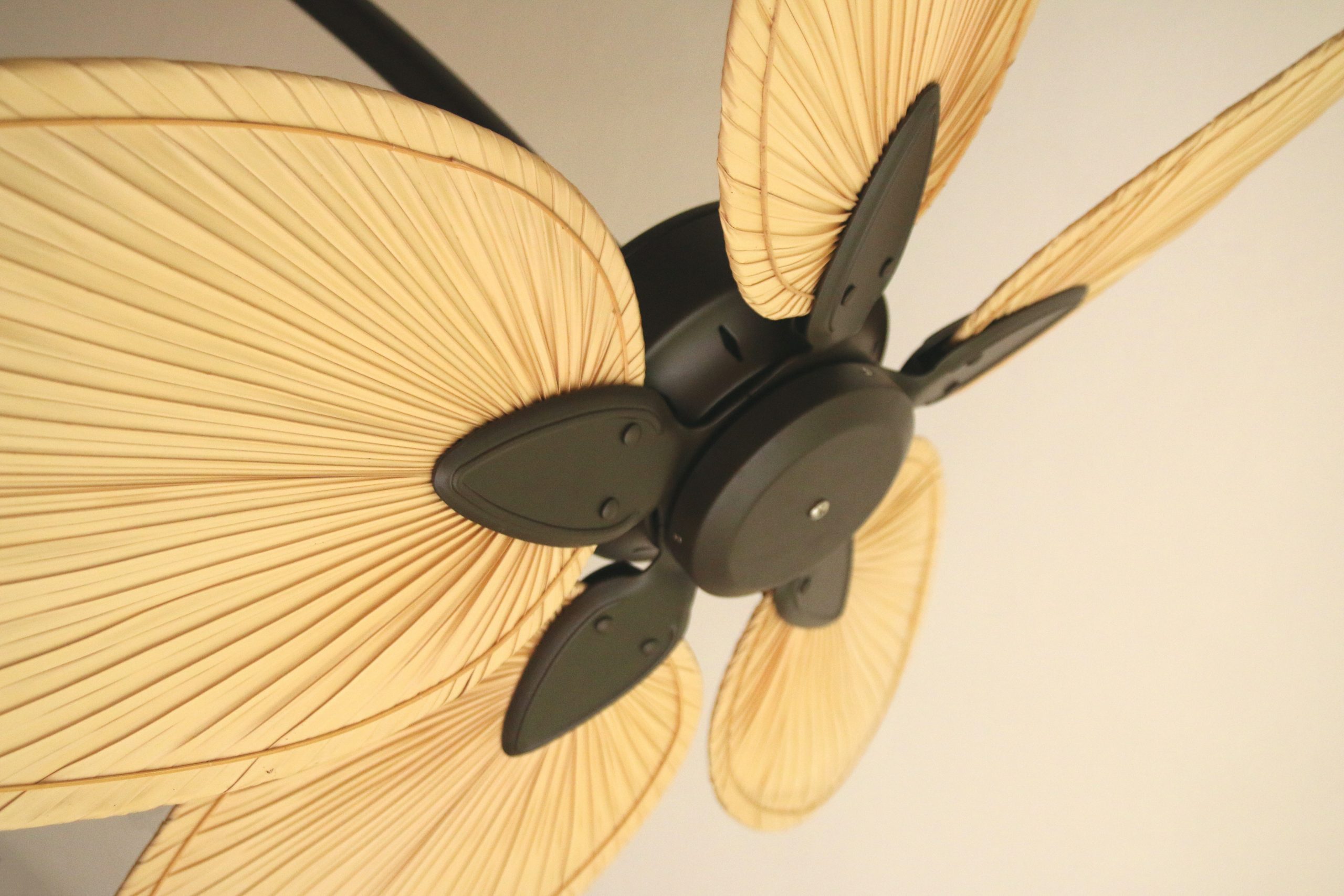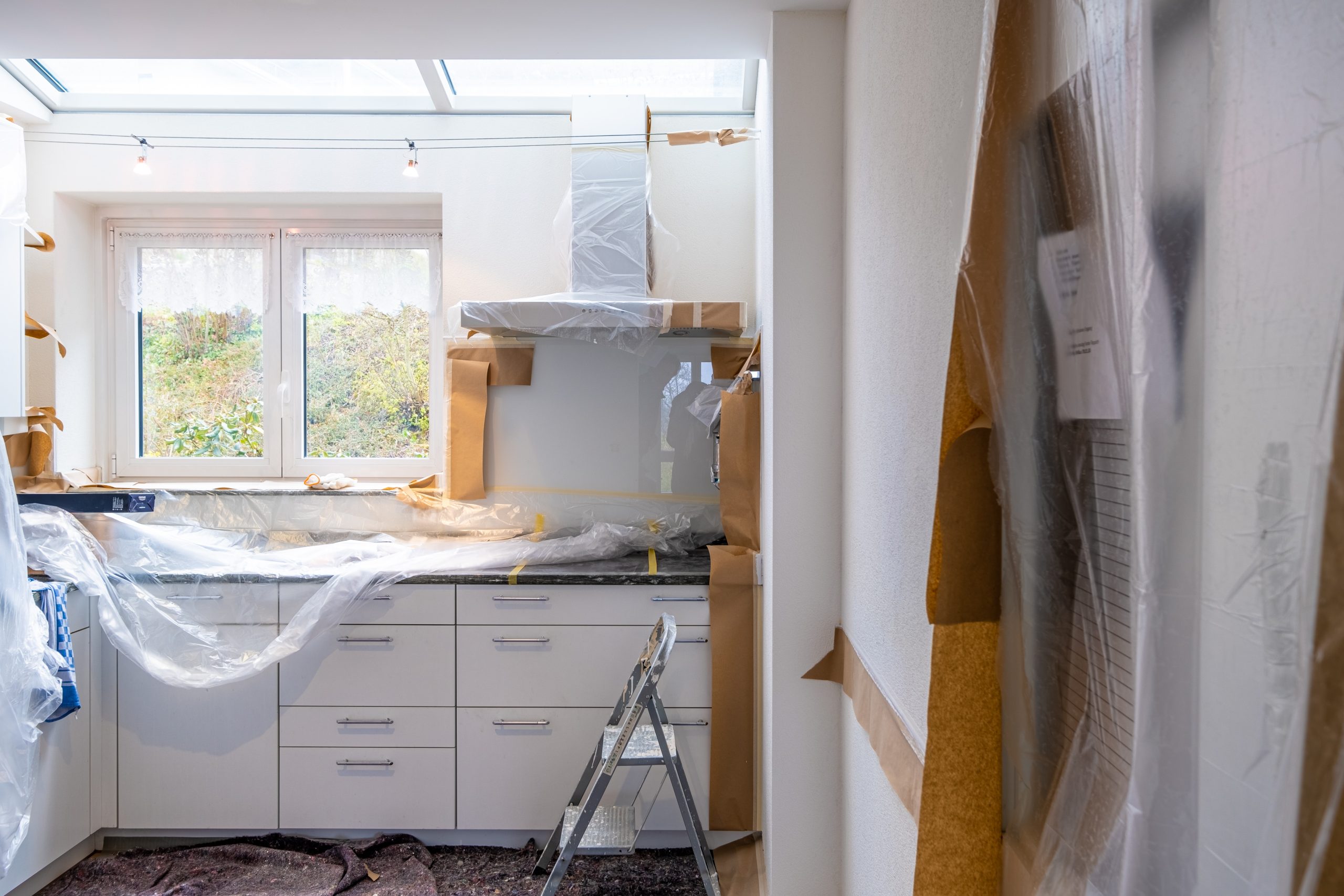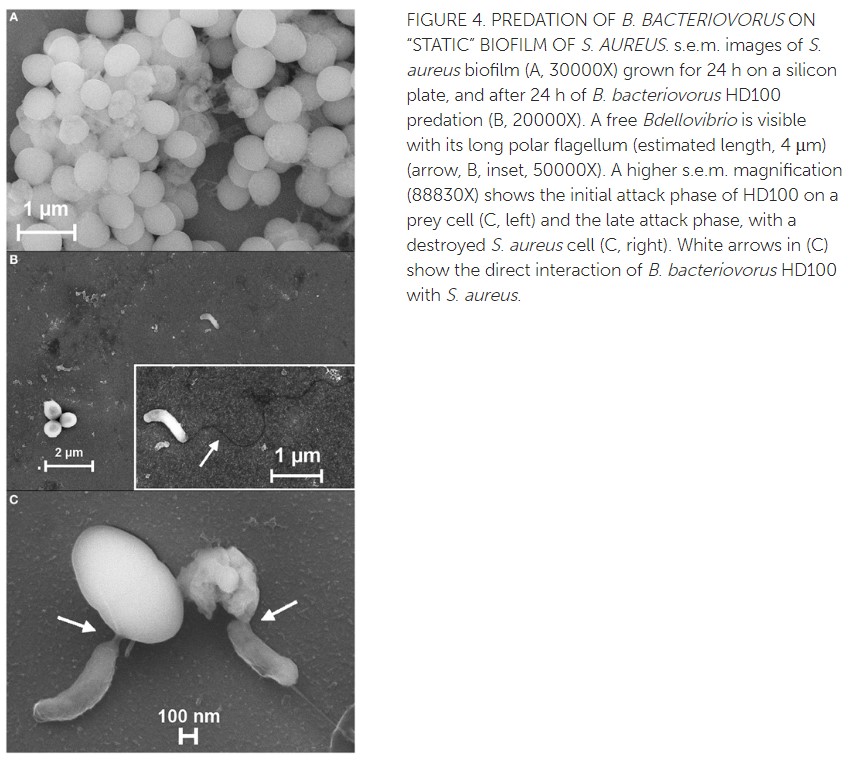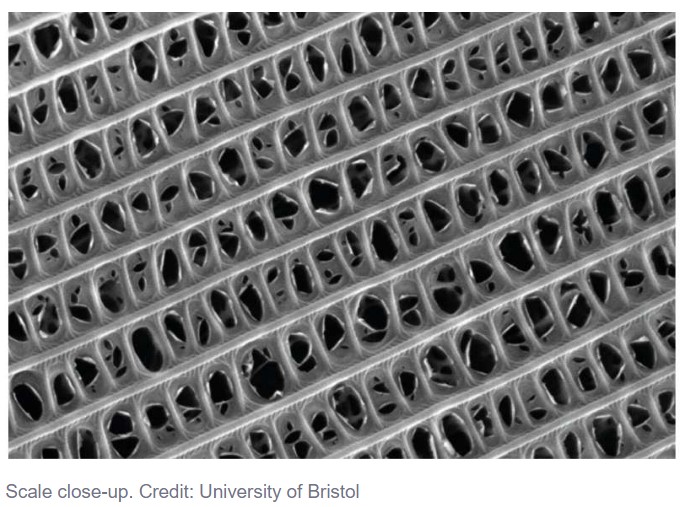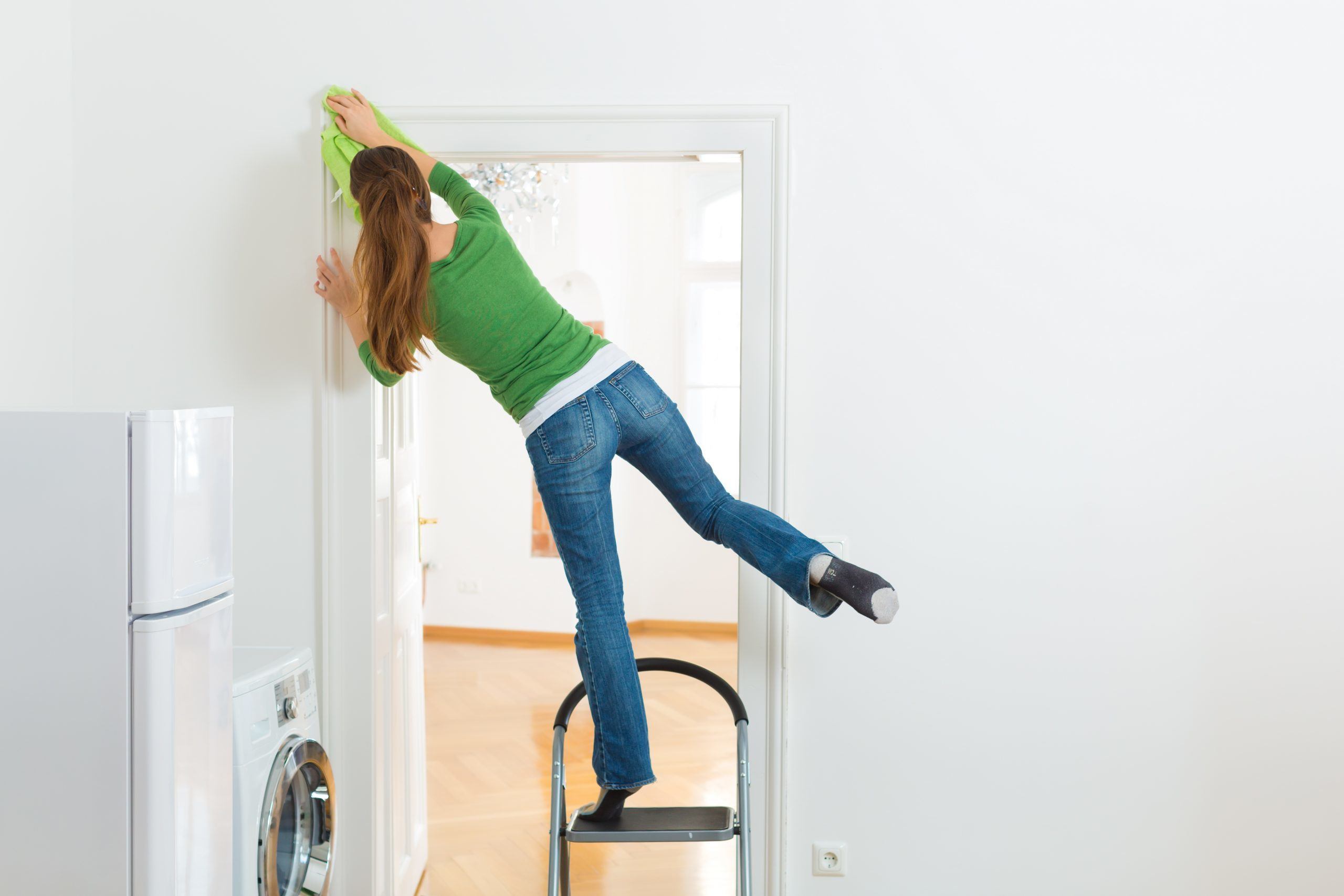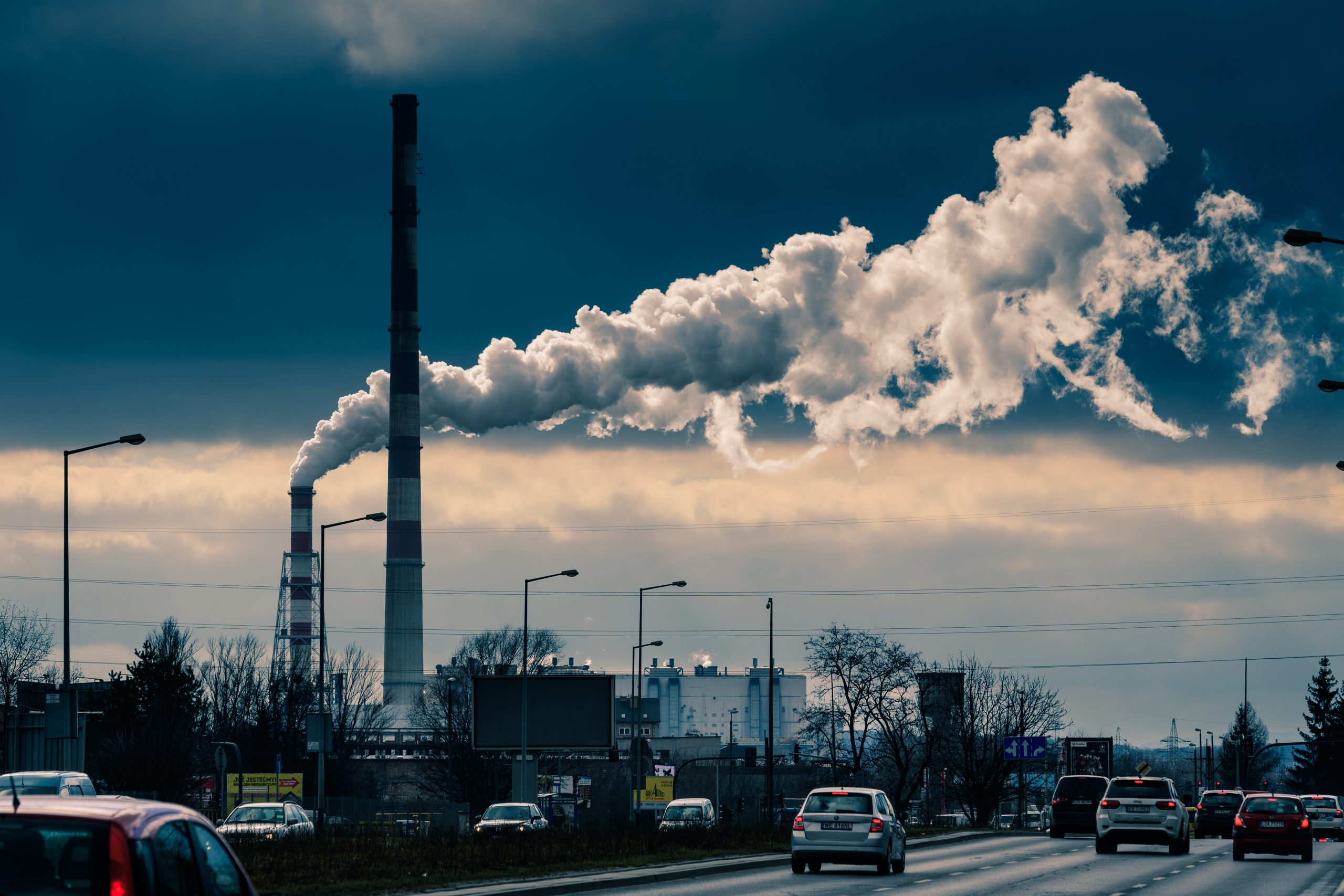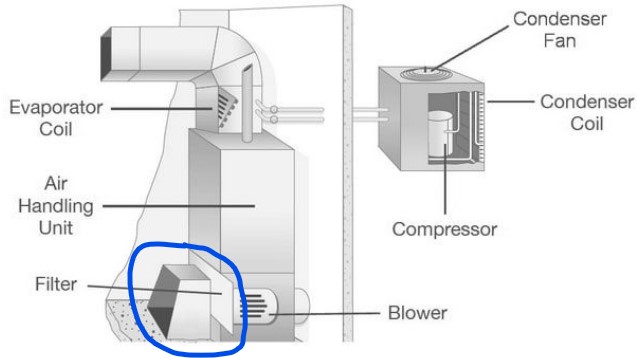Summer Cooling: What are our options?
Summer Cooling: What are our options?
Many places in the US and around the world have broken temperature records this June. Whether you’re in Minnesota or south Texas, it can be tough to keep your home cool during summer while maintaining a decent air quality. We’ll go over some of the most popular ways of cooling your home and maybe some you haven’t thought of.
If you’re not familiar with the different types of air conditioners and how they work, check out this article. Note that newer air conditioners are also often “heat pumps” that can reverse the flow of refrigerant to provide heating in the winter.
Central Air: About 66% of homes in the US have central air conditioning, but this is not spread out evenly over the country. As one would expect, central A/C is more prevalent in the south (37%), west (22%), and midwest (21%), versus the northeast (17%), and newer homes are more likely to have it. (How Much Value Does Central Air Add to Your Home?) The best thing about central air conditioning is its distribution system, which allows multiple rooms to receive cooling and filtration from one unit. With any air conditioning, it’s very important to do the following things:
Keep your home closed (a sealed system) so that warm, moist air is not introduced. Letting in humid air from the outside will quickly increase humidity inside, because air at a lower temperature cannot hold as much moisture as warmer air, and humidity climbs. This applies to windows, doors, and any significant leaks (like the door to an unconditioned attic or crawlspace).
Change the filter on your unit regularly! We can’t emphasize this enough: a dirty filter not only puts extra stress on the machinery like fans and compressors, but it increases cooling costs, and when the filter gets dirty enough, air will start to leak around the filter and get your evaporator coil dirty, providing food for mold. Using the highest MERV possible for your unit will help keep the system clean and your air clean as well. You can check out our article here to find out how to get more filtration out of your current AC system.
For extra filtration, you can cut filter material to fit your vents, just don’t forget to clean or change these regularly, too.
Get your unit serviced regularly. Here are some things that the HVAC tech will do for you during a service visit: inspect the inside coils, clean the outside coils and straighten fins if necessary, check the refrigerant levels and add refrigerant if necessary, and test the thermostat. An HVAC system is a big investment (average $7000), so you’ll want to take care of it!
Make sure your insulation is up-to-par: check air ducts to make sure they are not crimped and are fully insulated, and make sure there are no “bare spots” in the home’s conditioned-space envelope (ceiling or roof). You’ve got to keep that cool air where it belongs!
Mini-Splits have most of the same parts as a central system, but they don’t have ducts to distribute cool air. Instead, you could have one outdoor unit combined with up to eight indoor units, with the outdoor unit distributing refrigerant, not air. In this way, you’ll have eight separate fans and filters inside, but these are smaller. Mini-splits also have filters, so you’ll want to clean or change these on a regular basis. One disadvantage with mini-splits is that the air filters tend to be similar to window air conditioners, which are cleanable, but they don’t provide high filtration, just large dust capture. You will also want to get your units serviced regularly by an HVAC technician. To get additional dust filtration, try adding standalone HEPA filters in the rooms that seem to get the most dust.
Window Air Conditioners have come a long way in efficiency and looks! They are one of the quickest installations, too: from buying one in your local home improvement store to having cool air in your space, could take as little as 1 hour. Window air conditioners are a sort of “plug and play” cooling solution, but they also require regular maintenance of cleaning the filter. Because the filter is equivalent to a very low MERV, like mini-splits, you’ll want to add a standalone HEPA filter to reduce pollen and dust. In addition, if your window unit is more than several years old, it would benefit from a deep cleaning (see our article for tips on how to do that). Some window air conditioners also have a feature that mini-splits and basic central systems don’t: a fresh air vent. When this vent is open, you can get a small stream of fresh air from the outside, to dilute stale indoor air. The only problem is that this air is usually not filtered or conditioned: it’s the same as “cracking the window” without a screen. To find this feature and operate it correctly, sometimes you’ll need to refer to the owner’s manual. New window units with “inverter” type motors can be extremely efficient and this “saddle” style unit by Soleus even gives you your window view back, because it hangs below the window on each side. It also has a dehumidifier setting to lower the humidity in your space.
Portable Air Conditioners have become popular because like the name suggests, they are the most portable. They can cool spaces without a window, as long as you have a place nearby to send the heat through the exhaust duct (through a sliding door with an adapter kit, for example). You will also need a drain to collect condensate, or you will need to empty the reservoir every so often. Portable air conditioners have the minimal filters similar to window air conditioners and mini-splits, so they are not able to filter smaller particulates. It’s really important to clean these filters on a regular basis to keep your air conditioner working well! Another downside to portable air conditioners is that they are less efficient than window air conditioners, and they have bulky hoses that aren’t the most attractive.
Fans are the most common cooling systems we have, and many are cheap, at less than $50. Fans cause evaporative cooling, where the circulated air carries heat away from our bodies in the form of water vapor. Fans work well to cool us down if there is some humidity in the air. (See our article about the detrimental effect of fans in extreme dry heat.) You can use a combination of ceiling fans and portable fans to move air from cooler to warmer areas of your home. Dreo Air Circulators are very powerful, efficient, and quiet because of the fan design, and because they use brushless DC motors that have a large range of speed with low energy consumption. Since most fans don’t have filters, you can add standalone HEPA filters to cut down on dust, or add cloth filters to your tower fans. Filters for box fans (20x20”) are mainly the replaceable type, not cleanable, but $45 for a 4-pack of MERV-13 filters could help your space stay a lot less dusty.
Opening the windows is an option if you live outside of polluted urban areas, wildfire smoke, or excessive heat and humidity. In these cases, it’s best to leave the windows closed and curtains drawn to preserve coolness as long as possible in the day. If inside temperatures start to equalize with outdoors, however, you can use regular window screens in pristine areas, and Window Ventilation Filters in more polluted areas. Although the filters restrict airflow slightly, they provide a good buffer against dust and pollen. Here again, standalone HEPA filters will also help reduce dust in your home.
Evaporative coolers, also known as Swamp Coolers, began to be popular in the 1920’s and 30’s when electricity was available, but residential air conditioning was not affordable/accessible. (Window air conditioners were invented in 1931 and central air conditioning was offered in 1931 but many Americans could not purchase them due to the Depression). Swamp coolers use a fan to blow air over a wet membrane, which, if not cleaned regularly, begins to grow algae and smell like a swamp! This older type of membrane is definitely not something we would recommend for air quality, but newer models like those made by Big Ass Fans uses a proprietary resin coating on the media that resists the growth of algae and mold to keep your airflow clean and people healthy. Following the cleaning and maintenance guidelines are very important, too. Another downside of this type of cooling is the massive airflow that could kick up a lot of dust. However, if you have a large outdoor or unconditioned space and adding humidity into the air is not a problem, then an evaporative cooler could help you stay cool. It would even help to cool a porch, from which you can open up air to your home to take in cooler air.
Heat Pump Water Heaters can actually cool your space. It sounds counterintuitive–til you consider what this machine is actually doing. Instead of creating heat by an electric coil or gas furnace, this type of water heater pulls heat from the surrounding air–in effect making the room in which it’s installed, cooler! If you have the water heater installed in the garage or another unconditioned space, you can still reap the benefits by using ducts to bring warm air from your house to the heat pump, and cool air from the heat pump back to your house. Heat pump water heaters do cost more than the basic electric or gas varieties, but according to the Department of Energy, they can be two to three times more efficient than a regular electric water heater. However, when you consider you’re getting free cooling during the summer, you can deduct this cost from your cooling bill. Another consideration is the size of room where it is installed. It must be installed in a room at least 12’x12’, or have ducting to access larger areas, so it can pull the heat it needs from the ambient air. If it’s time to replace your water heater, check with your plumber to see if a heat pump water heater would work for you!
There are many ways to move cool air from the basement into your home, but consider the quality of basement air before you make this move. If it’s musty or moldy smelling, you’ll definitely want to get rid of that mold before trying to move that air upstairs. For this reason, we can’t recommend circulating basement air in the rest of your home.
Whichever way you decide to cool your home, make sure that air quality doesn’t suffer. Our Germ Defenders, Mobile Air Angels and Whole Home Ionizers sanitize air using bipolar ionization, killing microbes and agglomerating dust and pollen so it’s easy to filter or clean. Extreme heat tends to lead to increased air pollution, so be conscious of air quality when you open the windows, or even when they are closed and outdoor air seeps in (as it always does except in the tightest of homes). Check out our article to find out how to ride out a heat/air pollution wave safely!
Photo by Glen Carrie on Unsplash

